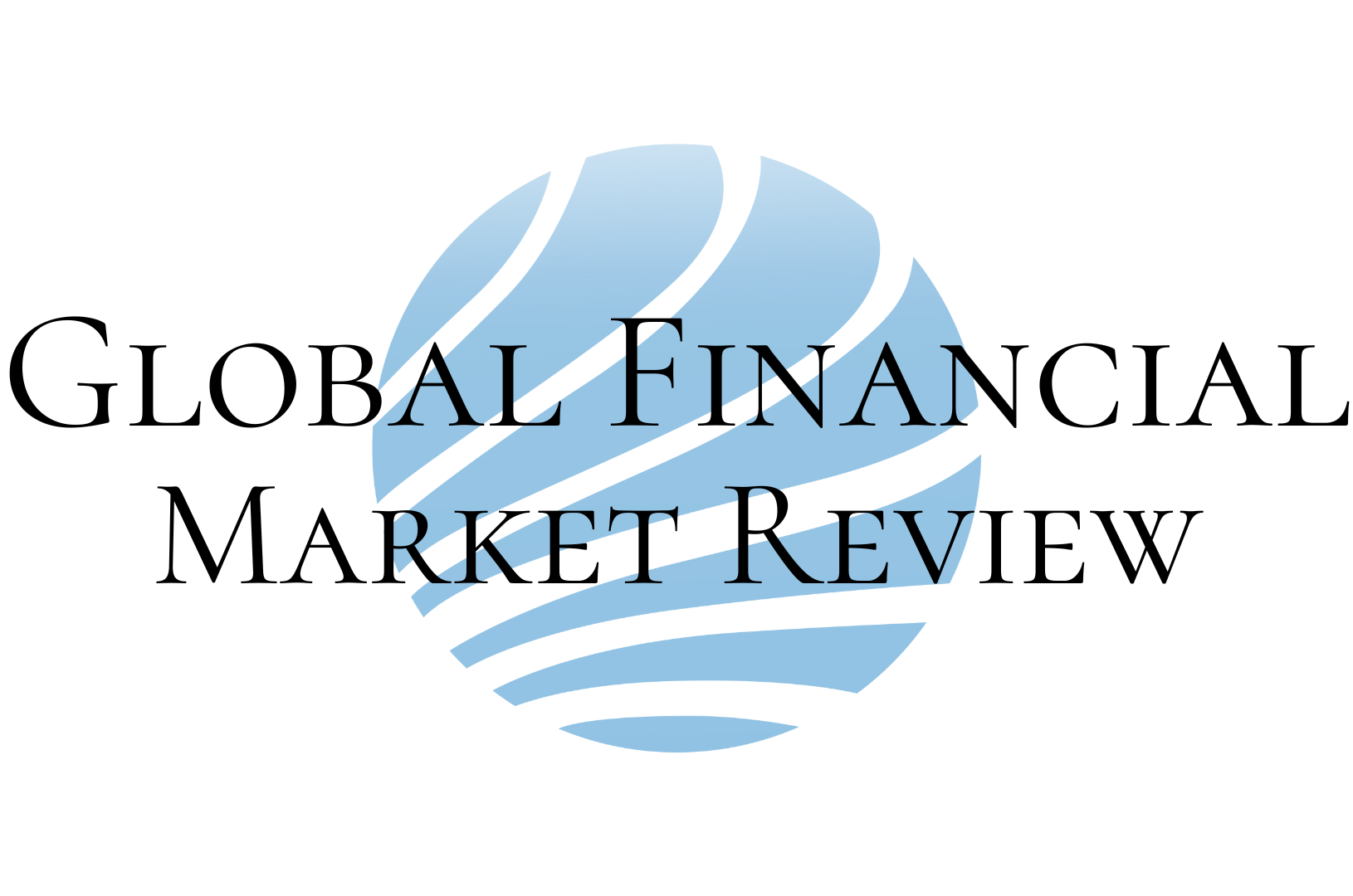The relationship between sukuk and bond pricing remained highly correlated through to the end of October 2025, with only a temporary weakening earlier in the year, Fitch Ratings said in a new report.
The ratings agency noted that while some divergence emerged in the second quarter of 2025 due to Middle Eastern geopolitical developments, new sharia requirements and issuer-specific factors, the pricing correlation soon recovered to an average above 0.90, consistent with 2024 levels.
Fitch examined 50 sukuk and bonds issued by the same entities across the Gulf Cooperation Council (GCC), Indonesia and Turkiye, covering sovereign, corporate and public finance issuers. The study found a yield-to-maturity (YTM) correlation of more than 0.95 between 2019 and October 2025.
The credit profile of the global sukuk market remains solid, with around 80 per cent of Fitch-rated sukuk at investment grade and no defaults reported this year. However, the agency noted that sukuk structures are more complex than bonds due to additional triggers such as tangibility and total loss events.
The data suggest that investors continue to perceive sukuk and conventional bonds as carrying similar credit risk. While pricing correlations have occasionally weakened during periods of market volatility or regulatory change, these fluctuations have typically proved short-lived.
Spreads between comparable sukuk and bonds have also narrowed. Fitch said the average YTM spread in the first ten months of 2025 stood at -0.08 per cent, compared with -0.09 per cent a year earlier. Historically, sukuk have yielded slightly less than conventional bonds in about two-thirds of observed cases.
Parallel trends were observed in the S&P MENA sukuk and bond indices, which recorded a YTM correlation of 0.99 over the past five years. Although the average yield spread widened to -0.29 per cent in the last twelve months from -0.11 per cent previously, overall correlation remained stable at 0.98.
The finalisation of AAOIFI Sharia Standard No. 62 remains a key development to watch, as its adoption could influence sukuk documentation and pricing relative to bonds.
Fitch also highlighted that sukuk continue to see lower secondary market activity, reflecting Islamic investors’ preference to hold them to maturity and the impact of sharia considerations. Strong demand from highly liquid GCC Islamic banks, combined with limited supply, continues to support sukuk pricing and market stability.




